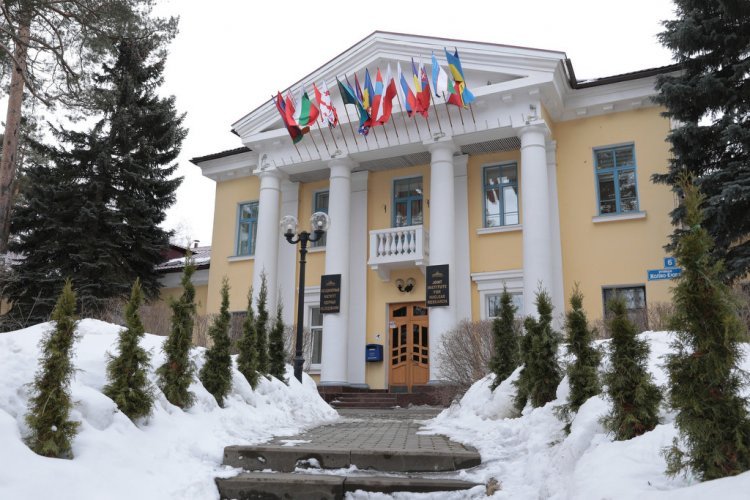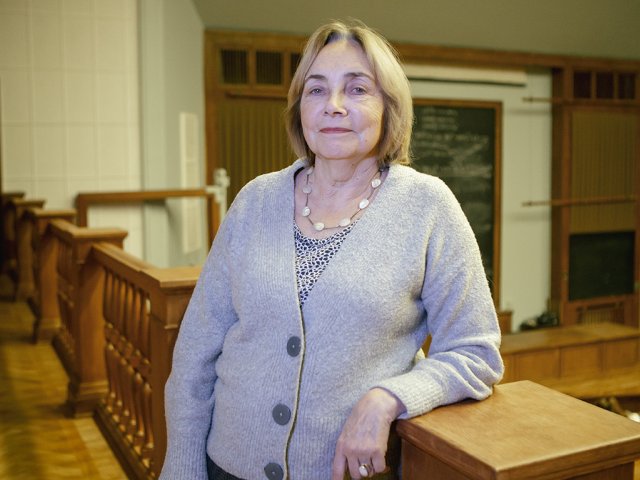The northern outskirts of Moscow Region: on the banks of the Volga and the Ivankovskoye Reserve, over 100 km away from Moscow, there is the Joint Institute for Nuclear Research — Russia’s largest nuclear physics research center. It is located in Dubna science town (naukograd), which is going to turn 65 on July 24.
After the founding of the European Organization for Nuclear Research (CERN) in Europe, the Soviet Union initiated JINR, which was organized in the settlement of Dubno in 1956. European and Asian socialist states founded JINR as a counterbalance to the European CERN, and the settlement, where a synchrocyclotron had already been built, was transformed into a town and “moved” from Kalinin Region to Moscow Region along with the settlement of Bolshaya Volga, and the villages: Ratmino, Novo-Ivankovo, Aleksandrovka, Yurkino, and Kozloki, which became part of Dubna.
The town got its modern name, Dubna, in 1958. The name was misprinted as Dubno in first decree that gave the settlement the status of a town. So the new town bore this name from July 24, 1956 till January 8, 1958.
JINR was expanding, which made the town, which had just ceased to be a mere industrial settlement, develop as well. Dubna’s master plan was approved and the creation of an integral architectural and planning ensemble began. The presence of unique research organizations in Dubna brought it the status of a naukograd (science town) in 2001. Aside from JINR, Dubna’s systemic enterprises are Raduga State Engineering Design Bureau, Dubna Machine Building Plant, Atoll Research Institute, and Tenzor Instrument Plant.
The Joint Institute for Nuclear Research remains the main systemic enterprise of Dubna. Today, the institute is involved in large-scale basic and applied research: the implementation of a deep-water neutrino telescope in the lake Baikal; Flyorov Nuclear Reaction Laboratory which synthesized the latest elements of Mendeleev’s Periodic Table, up to the 118th – Oganesson (Og), the scientists now planning on experiments to synthesize the subsequent elements, with atomic numbers 119 and 120. NICA collider is being built on the premises of the scientific center, which would allow reproducing quark-gluon plasma in a lab environment, QGP being a special state of a matter, the Universe was in at the earliest moments following the Big Bang.
Research in heavy-element physics, i.e., the discovery of new elements, immortalized Dubna in Mendeleev's Periodic Table. Dubna is the only town mentioned in the table: Element 105 produced at Georgy Flyorov’s laboratory in 1970, is called Dubnium.
There was a meeting called “Superheavy Elements” in Dubna in the early July 2021, where over two hundred scientists discussed scientific programs on nuclear physics and the outlook for research. “The Joint Institute for Nuclear Research is a unique organization in this country. Essentially, it is the only international organization operating under its own charter,” said Alexander Sergeev, President of the Russian Academy of Sciences.
Photo: Nikolay Malakhin/Scientific Russia
Based on naukograd-dubna.ru






















